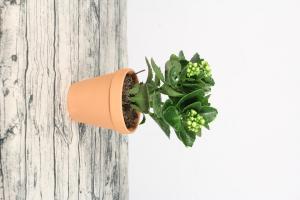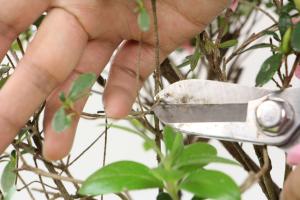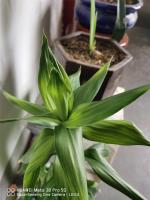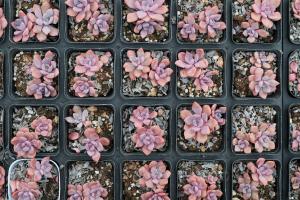Introduction
Stagnant water is a common problem in many areas, especially during the rainy season. It is the accumulation of water in a particular area that does not flow, resulting in the creation of stagnant water pools. Stagnant water is a dual-edged sword that can either help or harm plants, depending on the circumstance. This article seeks to examine the impact of stagnant water on plant growth.
Benefits of stagnant water to plants
In some cases, stagnant water can be beneficial to plants, especially during dry seasons. Plants need water to grow, and in areas where rainfall is scarce, stagnant water can help to keep them alive. Stagnant water can be a haven for aquatic plants, providing nutrients, and sheltering them from predators. Additionally, stagnant water can replenish groundwater, which plants rely on for survival.
How stagnant water kills plants
The primary danger posed by stagnant water to plants is the lack of oxygen. Stagnant water results in a lack of circulation, which deprives plant roots of oxygen. Plant roots require oxygen to survive, and when they can't get it, they begin to die. The anaerobic conditions created by stagnant water also promote the growth of harmful microorganisms like bacteria and fungi, which can infect and kill plants.
Symptoms of plant death caused by stagnant water
Plants that have been affected by stagnant water typically show signs of wilting, yellowing leaves, and eventually, death. The symptoms can take some time to manifest, but if left unchecked, they can result in the complete withering of the plant. It's essential to note that some plants are more sensitive to stagnant water than others, and even a small amount of stagnation can be lethal for them.
Preventing stagnant water from killing plants
To prevent stagnant water from killing plants, the following preventative measures should be taken:
Improve drainage around plant roots
Plant in raised beds or containers
Remove debris and litter that can trap or hold water
Ensure proper irrigation, and do not water plants excessively
Choose plant species that are adapted to areas with high rainfall or moisture levels
Conclusion
Stagnant water can be a critical life-saver or plant killer, depending on the situation. While it can provide much-needed sustenance for plants, the lack of oxygen can lead to suffocation and death. As such, it's essential to keep stagnant water away from susceptible plant species, and when necessary, take preventative measures. With proper care and management, stagnant water can be an ally to plant growth rather than a hindrance.

 how many times do yo...
how many times do yo... how many planted tre...
how many planted tre... how many pine trees ...
how many pine trees ... how many pecan trees...
how many pecan trees... how many plants comp...
how many plants comp... how many plants can ...
how many plants can ... how many plants and ...
how many plants and ... how many pepper plan...
how many pepper plan...

































